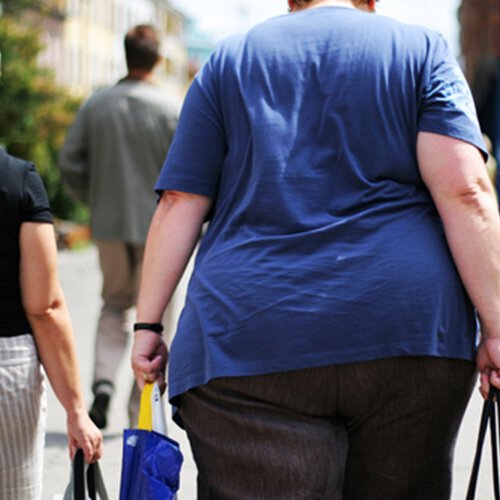Body contouring after weight loss surgery can complete your transformation. Weight loss surgery isn’t a viable option for every patient who desires to make a change in their appearance, but for some, it may be their last resort.
Who are the best candidates for this procedure? According to The Cleveland Clinic the best candidates:
- Have a body mass index (BMI) over 40 and / or more than 100 pounds over their ideal weight
- Have a BMI over 35 and are experiencing severe negative health effects, such as high blood pressure or diabetes
- Remain unable to achieve a healthy body weight for a sustained period of time, even through the help of medically supervised dieting.
After weight loss surgery, many patients are often left with unsightly amounts of flapping and sagging skin. This excess is next to impossible to remove by diet and exercise only.
This excess skin and fat can be removed through a variety of procedures by plastic surgeons. The most commonly performed procedures are: abdominoplasty or tummy tuck, belt lipectomy or full body lift, brachioplasty or arm lift, liposuction, mastopexy or breast lift, thigh lift and panniculectomy.
Moreover, a recent study conducted by researchers from Henry Ford Hospital found that patients who underwent body reshaping procedures were more successful in maintaining weight loss than those who did not.
“As plastic and reconstructive surgeons, we are encouraged by the idea that improved body image can translate into better long-term maintenance of a healthier weight, and possibly a better quality of life for our patients,” said senior author Dr. Donna Tepper, a plastic surgeon at Henry Ford Hospital.
Most notably, as some bariatric surgery patients are known to regain the pounds that were shed during a procedure, undergoing an aesthetic-based surgery such as post-bariatric surgery can make all the difference in terms of self-esteem and quality of life. Connect with our trusted plastic surgery center to explore which combination of lifts, tucks, or fat reduction procedures will help you feel confident in your new body.
